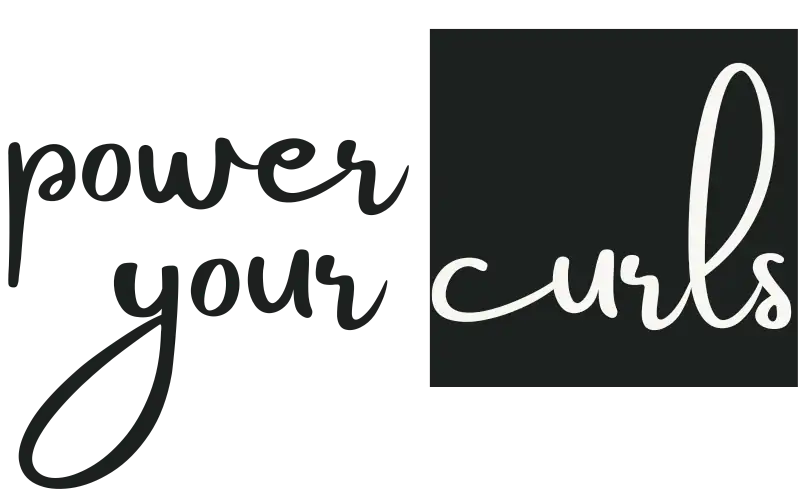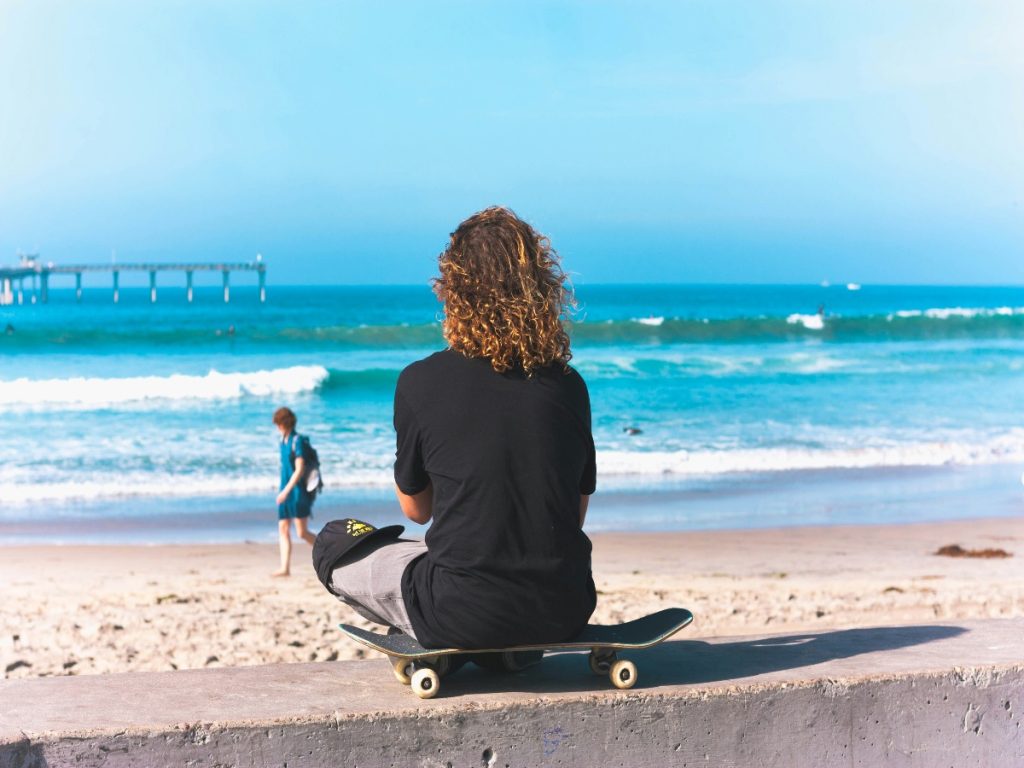
The first line of defense when going to the beach or pool is to put on sunscreen. However, not a lot of people protect their hair, which is at high risk of damage from ultraviolet (UV) rays.
Notably, exposure to the sun can produce vitamin D levels in the body and hair, which can help with hair growth. However, you only need to be exposed for about five to 10 minutes because too much exposure can destroy hair and scalp health.
More often than not, the hair shaft or outward part of the hair is the most affected by too much sun exposure. The hair shaft often loses hair proteins and loss of hair color when it absorbs too many UV rays.
All hair types can be damaged by direct sunlight. The heat and exposure to UV rays can evaporate natural oils. However, curls are much more prone to the effects of UV rays because they are naturally dry.
In this article, experts share tips on how to minimize the risks of sun damage on hair through preemptive measures and notable products curly-haired girls can use.
How do UV rays affect your hair?
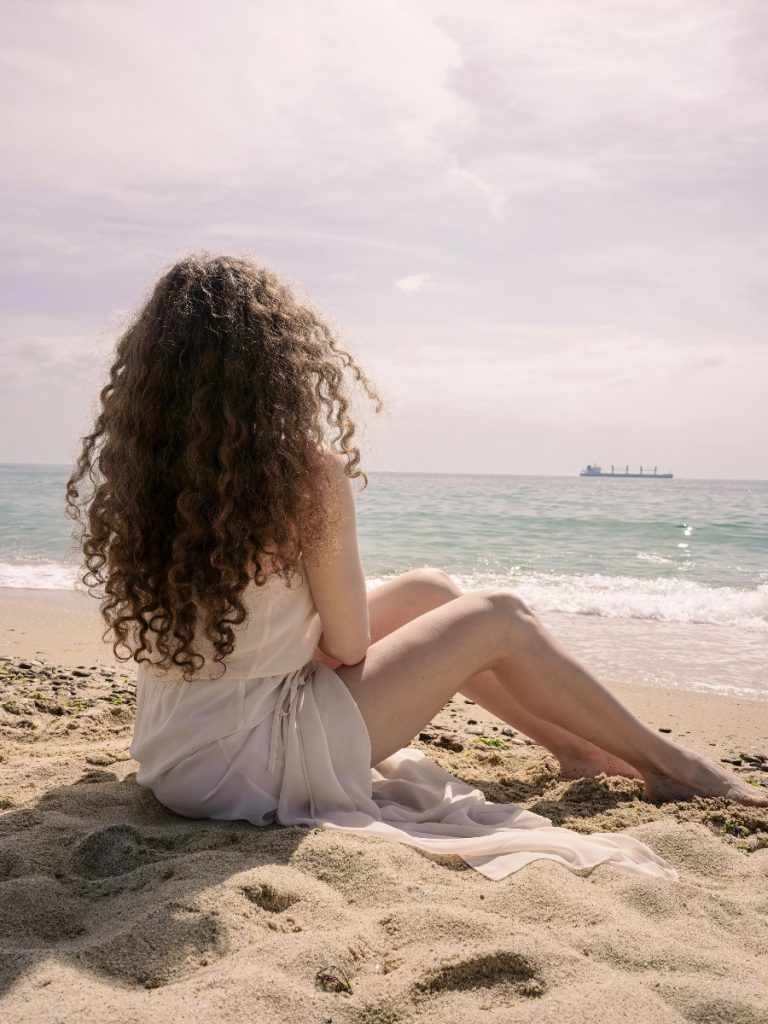
According to PowerYourCurls dermatologist Dr. Hamdan Abdullah Hamed, UV rays can instantly hit the hair fibers, which can cause hair to become dull, rough and brittle. When this happens, hair easily breaks and splits because of dehydration and loss of strength.
“Prolonged exposure from sunlight can reduce hydration and raise the permeability of the hair. Too much sunlight does not only destroy keratin but also melanin, which is responsible for protecting hair from sun damage,” said Dr. Hamed.
Dr. Hamed also explained that UV radiation can also alter hair color because of oxidation from melanin.
“Too much UV exposure can change the structure and components of your hair growth, it also changes the hair’s color,” said Dr. Hamed.
When you are at the beach or pool, the effects of sun damage can worsen when you submerge the hair in water mixed with chlorine at the pool.
“Chlorine can get rid of the natural oils from the hair, which will turn lifeless and brittle.
This chemical will also turn hair into highly porous. Also, just as the sun affects the color of hair, chlorine does this while weakening the strands,” said Dr. Hamed.
What is the difference between UVA and UVB rays?
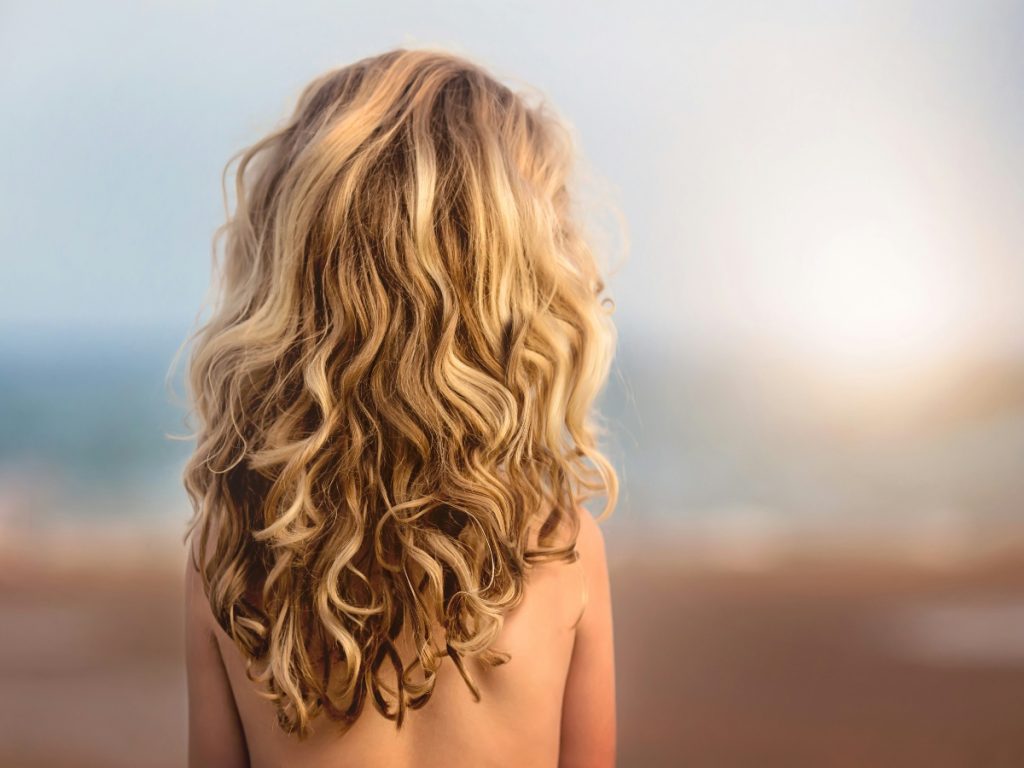
In a study, two types of UV rays can affect the hair differently, namely UVA and UVB. Both UV types have different wavelengths with UVA having 315 to 400 nm and UVB having 280 to 315 nm.
UVA can change the hair color as it hits the cortex or the thickest hair layer, which can also cause premature graying of hair. The study indicated that color changes can alter differently depending on the hair type, with color alterations more visible for light-colored hair.
Meanwhile, UVB affects keratin in the hair, which transforms hair to being dull, dehydrated, and brittle.
Unlike UVA, UVB can impact multiple layers of the hair because it can penetrate the hair fiber but intensity can fade below that.
Can UV rays cause hair loss?
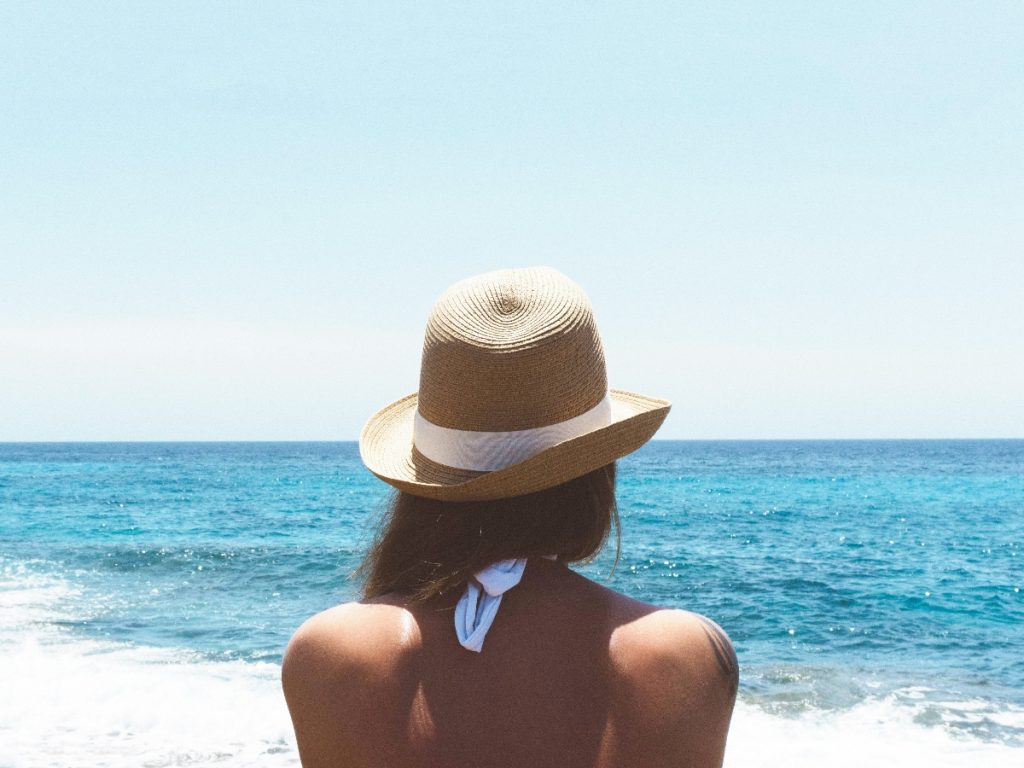
PowerYourCurls trichologist Dr. Faisal Ahmed Hammadi said sun damage can indirectly cause hair loss because UV rays can weaken hair follicles.
He also explained that UV radiation can mess up the DNA in hair follicles, causing weaker hair shafts that can easily break. This will also promote excessive hair shedding.
“UV radiation can also reduce crafting of new hair cells and also promote more dead cells in the hair follicles,” said Dr. Hammadi.
“Extended sun exposure can also promote hair thinning when UV rays reach the scalp and penetrate the skin’s outer layer,” added Dr. Hammadi.
Dr. Hammadi also pointed out that hair loss from sun exposure may not be evident at first. The visibility is delayed because of seasonal changes.
“Hair thinning will only show up a few weeks or after several months. Hair fall will only be evident in autumn. It could be permanent if the hair is not cared for and unprotected from UV radiation,” said Dr. Hammadi.
How can I protect my hair from UV?
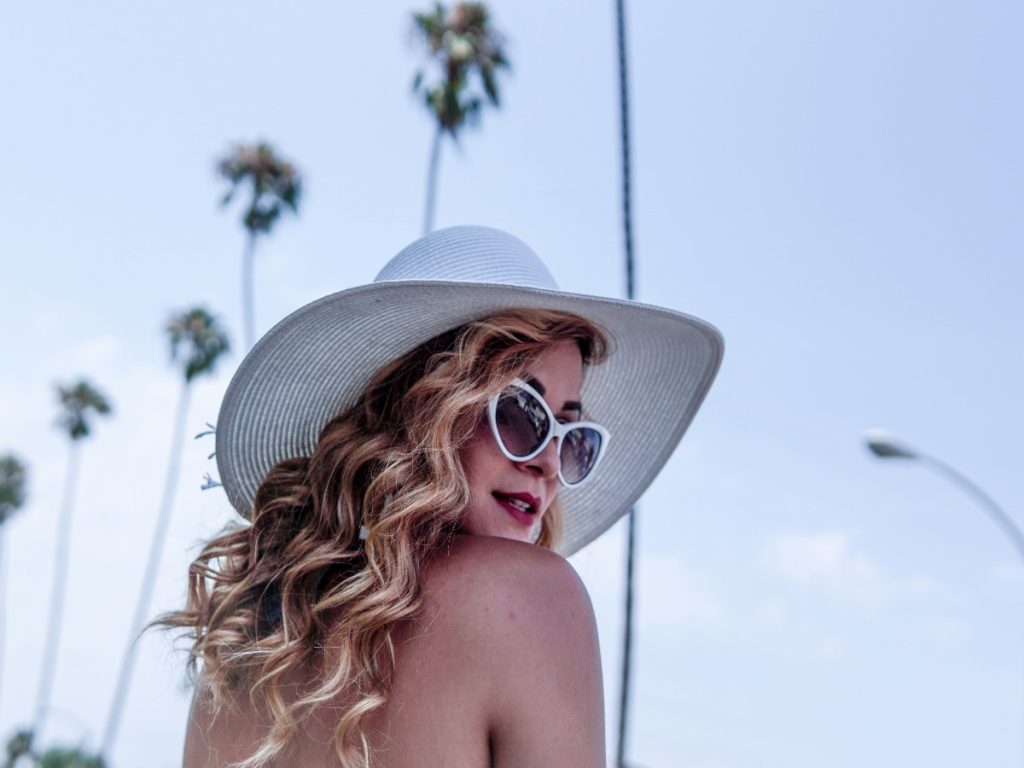
The basic way of protecting curls from harmful sun rays is wearing a protective wide-brimmed hat.
PowerYourCurls hairstylist Gwenda Harmon recommends using a hat with satin lining to avoid stripping off natural oils from the hair.
“Some hats may be made of cotton to absorb the natural oils from your hair. The satin lining will also prevent product build-up,” said Harmon.
Another way to minimize sun damage risk is to wear protective hairstyles such as high ponytail and top knot. This will protect the scalp while you strut in the sun.
You can do this by pulling the top portion of the hair straight back and securing it high at the crown. Afterwards, pull the bottom hair into a ponytail and place it below the top pony to layer the strands.
“Make sure to wear it a bit loose and not too tight to prevent friction in the hair, which can also cause split ends and breakage,” said Harmon.
You can also try the top knot by applying an anti-breakage hair mask, leave-in conditioner, or hair oil to the strands. Pull the hair into a top knot and put it in place with bobby pins.
“This will help protect the ends of the hair by securing them as strands are the most vulnerable from harmful UV rays,” said Harmon.
Dr. Hammadi, meanwhile, shared that sunscreen or heat protectants can also help mitigate the effects of sun damage on the hair.
He recommends using Pomegranate & Honey Curl Refreshing Spray and Mongogo Oil Thermal & Heat Protectant Spray while the hair is dry unless instructions recommend spraying them while the hair is damp.
Ensure that the product is sprayed from the upper to bottom part of the hair as evenly as possible. After this, comb or brush the hair to evenly distribute the nutrients on the hair shaft.
Another tip is to apply sunscreen should at least 15 to 20 minutes before going out in the pool. While being exposed, Dr. Hammadi advised applying the product on the hair every two hours or more frequently while swimming or sweating.
The next tip is applying natural hair oils to lock in moisture while being exposed to the sun, said Dr. Hammadi.
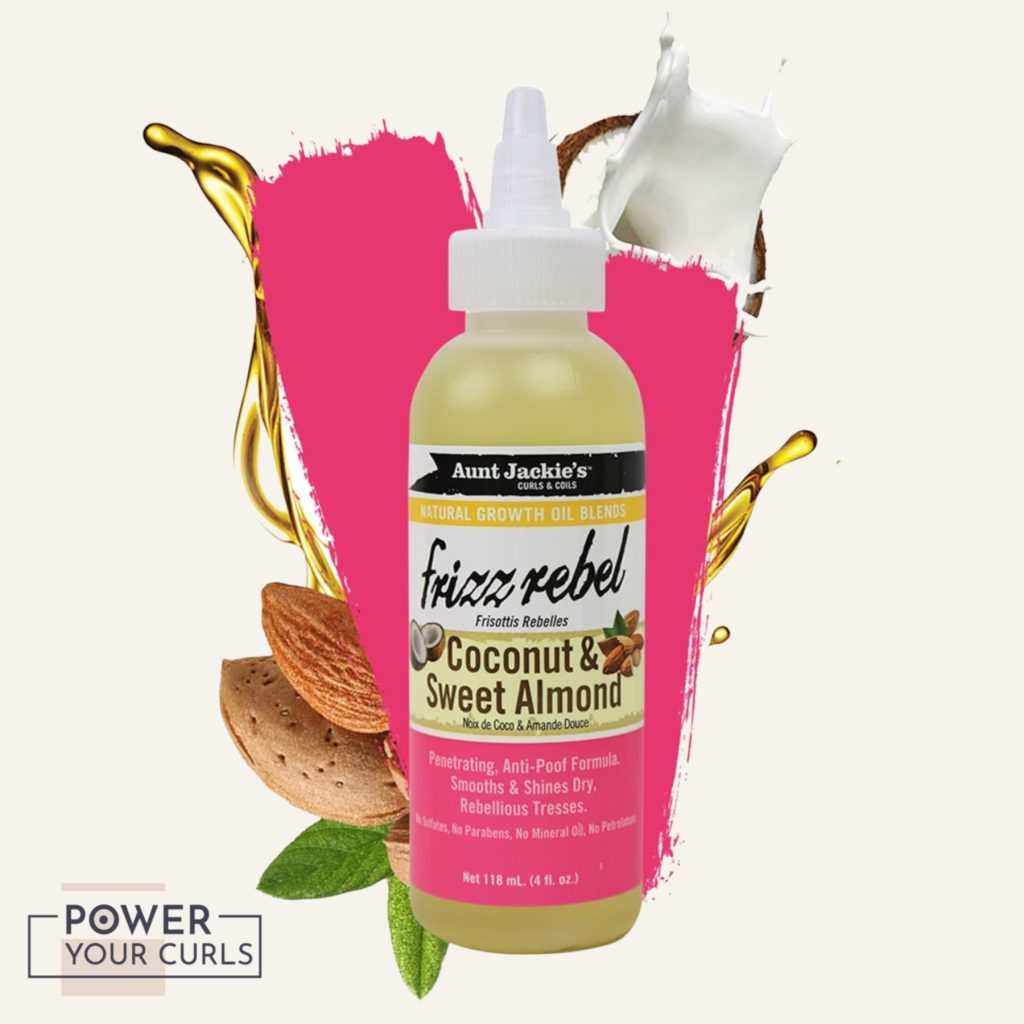
Some examples are coconut oil and kernel oil which is effective in protecting hair from UV radiation.
For extra moisture, Dr. Hammadi recommends using Skin Doctor Coconut Oil Replacement or Maui Moisture Hair Care Curl Care + Coconut Oil Shampoo.
For Dr. Hamed, some measures to protect the hair include getting into a shade to avoid sun exposure between 10 a.m. to 2 p.m. because the sun will be the harshest during this time.
He also advised eating a balanced diet that offers antioxidants, omega-3 fatty acids, and vitamins, which can promote stronger hair while being exposed to the sun.
“Some foods that can make hair resilient are fish, seafood, flaxseeds, walnuts, plant oils, and yogurt,” said Dr. Hamed.
How can I protect my hair when swimming?
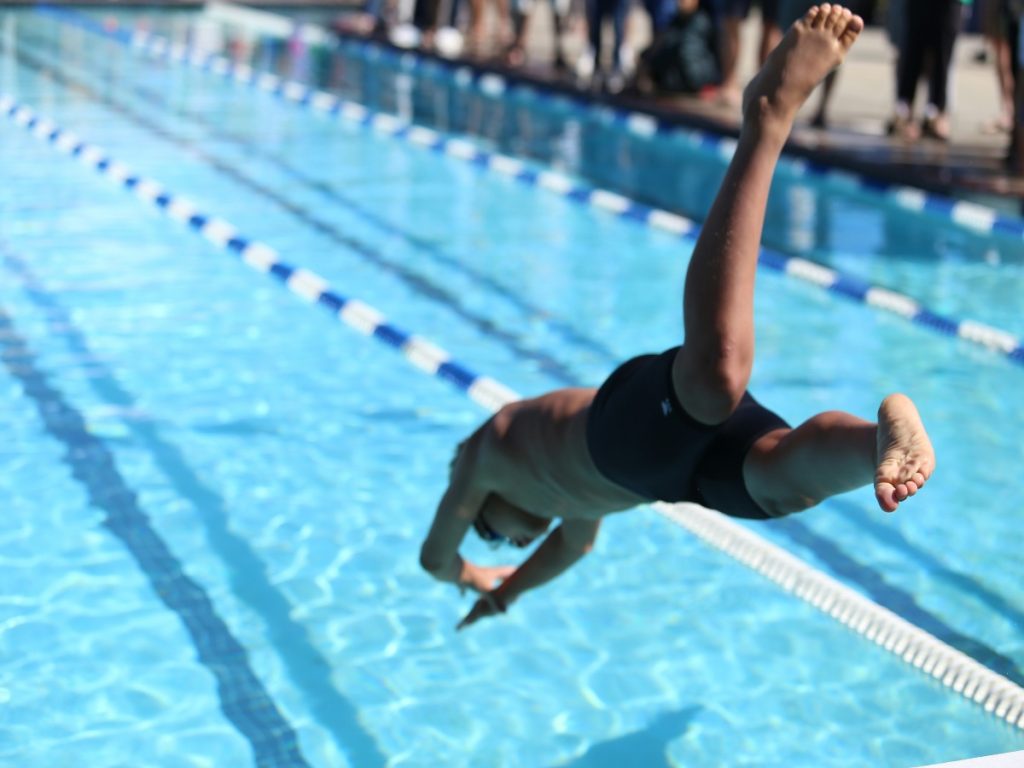
Pool water can cause damage to any type of hair depending on the porosity.
If you have high porosity hair, it can absorb and evaporate moisture quickly. If your hair absorbs the water, it can get soaked up and dry out quickly.
For normal porosity, it can absorb some water but it can dry up for a while.
For low porosity, hair will not look too wet once you plunge into the water.
For general hair, Dr. Hammadi advised undertaking a hair care routine when swimming:
First, Dr. Hammadi advised washing hair with fresh water. Afterwards, moisturize hair with conditioner or oil such as Aunt Jackie’s Curls & Coils In Control Moisturizing & Softening Conditioner and Aunt Jackie’s Curls & Coils Natural Growth Oil Blends Frizz Rebel Coconut & Sweet Almond.
Dr. Hammadi also recommended wearing a cap before diving into the pool to protect hair from impurities in the pool.
After swimming, Dr. Hammadi recommended rinsing the pool water immediately and washing with a sulfate-free shampoo like Mixed Chicks Sulfate Free Shampoo.
Chlorine is worse for curly hair. It can cause more damage after being around in the sun.
Chlorine water can adversely impact curls because it can get rid of natural oil and can build up the surface of curls. This will leave curls dry, rough, brittle, and frizzy.
“Chlorine can disrupt the keratin and can allow water absorption so this can impact hair’s flexibility and elasticity,” said Dr. Hamed.
The first step to protecting curls before heading to the pool is applying lightweight oil.
Argan oil can better protect the hair from being destroyed by chlorine. Dr. Hammadi advised using Argan Oil Stimulating Growth Oil.
Wearing a swimming cap can also help protect curls from chlorine but you may consider showering hair with cold water before swimming.
“This will seal the cuticles and lock in moisture as you protect the hair from chlorine,” said Dr. Hammadi.
As an alternative, Harmon recommends putting on braids and a leave-in conditioner such as Miracle Repairx Protective Leave In Conditioner before heading to the pool for a swim.
For an after-hair care routine, wash with sulfate-free and clarifying shampoo to get rid of impurities and remnants of chlorine.
Dr. Hammadi recommends Luxurious Clarifying Shampoo or Creamy Curl Cleanser Sulfate Free Shampoo.
How can I restore my hair after sun damage?
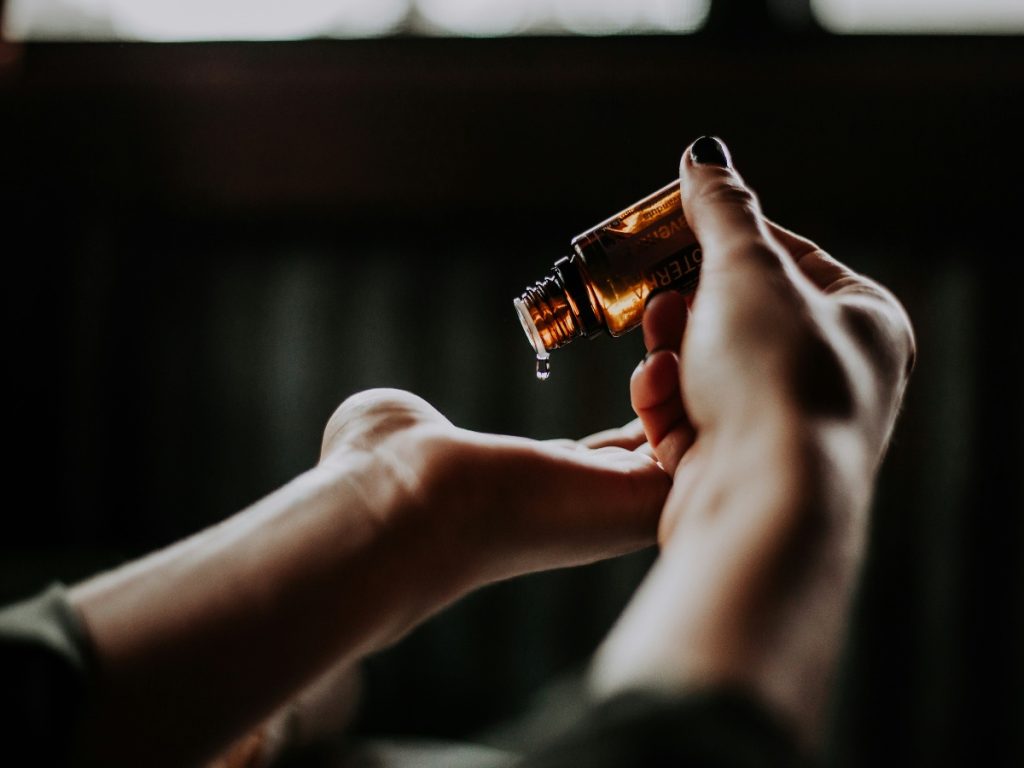
When hair becomes brittle and dry from prolonged sun exposure, there are still ways to revive it to its natural look.
Dr. Hamed recommends deep conditioning treatment to integrate nutrients into the damaged hair. You can avail Babassu & Mint Deep Conditioner or Curl Ecstacy Hair Tea Deep Conditioner to transform sun-damaged hair into healthier and shinier hair.
He also advised steering clear of heat styling tools and sun exposure to reduce further damage to sun-exposed hair.
“Remember to use hats to protect the hair cuticle, follicles, and shaft from harmful UV rays,” said Dr. Hamed.
Also, Dr. Hamed advised trimming split ends to help reduce frizz and damage to the hair.
The scalp should also not be overlooked. Harmon advised applying rosemary oil, which has anti-inflammatory ingredients that can help reduce the impacts of sun exposure on the scalp.
“It will also promote hair growth and soothe the burned scalp,” said Harmon.
She recommends Aunt Jackie’s Elixir Essentials Hair and Scalp Oil to help soothe the scalp damaged by prolonged UV rays exposure.
